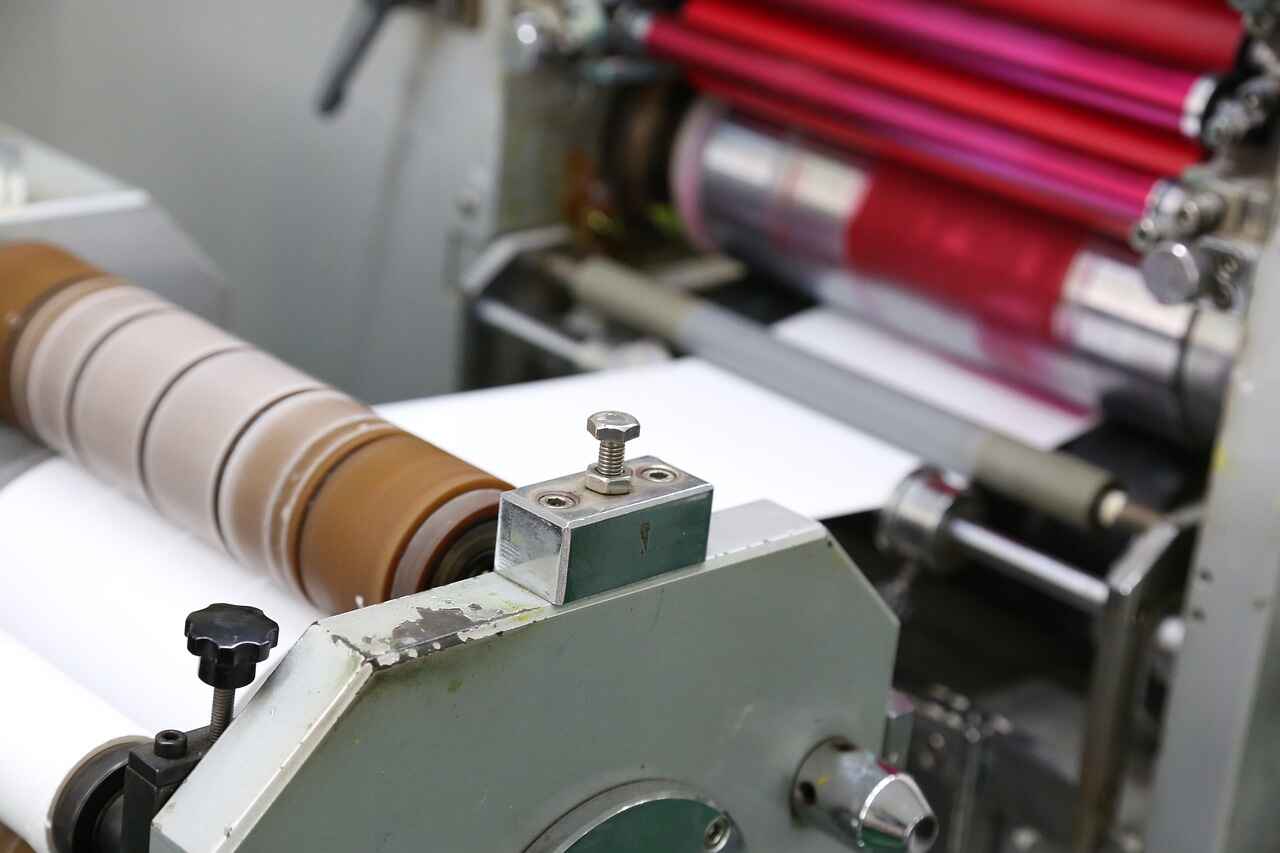The print and mail vending sector is slowly bouncing back from the disruptions caused by the COVID-19 pandemic. But even as it recovers and 2023 comes to a close, the industry is undergoing a major transformation, driven by changes in the global landscape and technology.
This evolution has led to the adoption of new products and practices, promising a future where printing and mailing services are efficient and highly adaptive.
What does this look like now and in the years to come? Here’s what to anticipate.
Future Trends in the Printing Industry
1. Digital Transformation Will Continue to Disrupt Traditional Print Services
The global commercial printing market is undergoing a major transformation as the tech revolution takes center stage.
Responding to evolving industry and customer demands, printing and mailing companies are making substantial investments in digital and hybrid print technologies like inkjet printing, computer-to-plate (CTP) systems, and 3-D printing.
These strategic initiatives have led to improved production quality, quicker turnaround times, and enhanced material and cost efficiencies, enabling businesses to offer their customers an enhanced printing experience at lower prices.
2. Demand for Personalization and Customization Is Increasing
Another key printing industry future trend that has been fueled by technology is the growing need for personalized printing content. Advancements like variable data printing (VDP) are at the forefront of this shift, allowing printing and mailing businesses to tailor images, text, and graphics on individual printed pieces. This approach makes it possible to tailor content to be more relevant to smaller target groups, leading to higher sales and improved customer satisfaction.
For instance, Information Outsource uses full-color inkjet printing to customize our packaging and messaging prints, which helps our clients promote their brands more effectively.
3. Industry-Wide Adoption of Resource Optimization Strategies
The integration of advanced automation tools, coupled with the power of data analytics, also plays a pivotal role in enhanced operational efficiency across the printing and mailing industry.
An increasing number of companies are streamlining their processes through automated workflows, from order placement to printing and mailing, which reduces manual intervention and minimizes the risk of errors.
Data analytics also enables targeted marketing campaigns, allowing businesses to identify specific demographics, preferences, and buying patterns among their customer base. This information optimizes resource allocation by helping businesses print and mail their promotional materials only to the segments most likely to respond positively.
4. Drive for Sustainability
Speaking of resource optimization, more businesses are going green by adopting eco-friendly materials, embracing energy-efficient technologies, and implementing waste reduction strategies. This approach is in line with the rising consumer demand for environmentally responsible solutions—a 2020 McKinsey U.S. consumer sentiment survey revealed that over 60% of respondents were willing to pay more for products with sustainable packaging.
Naturally, the printing and mailing industry is stepping up to the plate. Practices such as using recycled paper and soy-based inks are becoming more common. Additionally, printers are investing in energy-efficient solutions like digital printing instead of offset printing.
5. Integration of Artificial Intelligence
Finally, any discussion of future trends in the printing industry would be incomplete without the mention of artificial intelligence (AI), a technology expected to bring unprecedented efficiency, precision, and personalization to mailing and printing.
One noteworthy application is in predictive maintenance for printing equipment, where AI algorithms can analyze data from machinery to predict potential issues. This predictive capability allows for proactive maintenance and minimizes downtime while also extending the equipment’s lifespan.
AI-driven systems also streamline mail sorting and processing by automating repetitive tasks. For example, optical character recognition (OCR), which is powered by AI, precisely reads and categorizes addresses to significantly improve the speed and accuracy of the process.
Takeaway: Embrace Digitalization and Growth
The global commercial printing market is expected to be worth over $492 billion by 2028, a significant increase from its current value of $453 billion. As the trends above have highlighted, this remarkable growth will be in most part driven by technological innovations and evolving consumer demands.
However, it is important to acknowledge that the craft, creativity, and expertise of skilled professionals will remain irreplaceable elements, even with the influx of automation and digital solutions.
At Information Outsource, we blend the best of both worlds—leveraging advanced technologies while upholding the legacy of craftsmanship. We pride ourselves on providing excellent, hands-on service to our clients.
Want to learn more about the industry or discuss your printing and mailing needs? Speak with an expert today and get a free quote.



